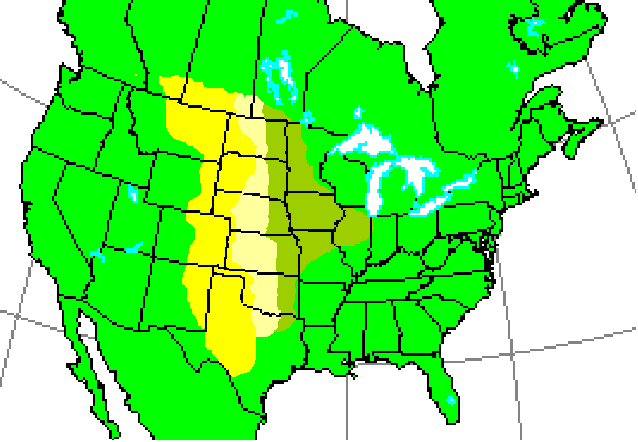 |
 |
 |
 |
The tall grass prairie gets its name from the upright bluestemsEEvakyatuibakjdkjahfkjahfYouwwillCTTTT that reach heights of 6 feet or more by late summer. Their roots may extend to depths of 9 feet or more, binding the soil and enriching it with organic matter as roots die back at the end of the growing season. The above-ground parts of the plants also die down in winter and are converted to abundant humus when bacterial action begins in the spring.
Three herb layers are apparent in the tall grass prairie, each characterized by relatively high species diversity. Both sod-forming and bunch grasses are present. Perennials are abundant and varied; different species bloom at different times during the growing season contributing to an ever-changing palette of colors. Bluestems comprise the uppermost herb layer. Other, shorter upright grasses an intermediate layer. Species such as the grama grasses (Bouteloua spp.) make up the lowest, ground-hugging layer.